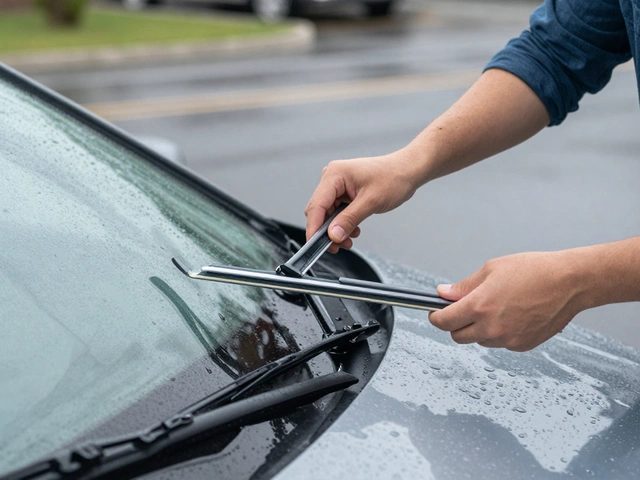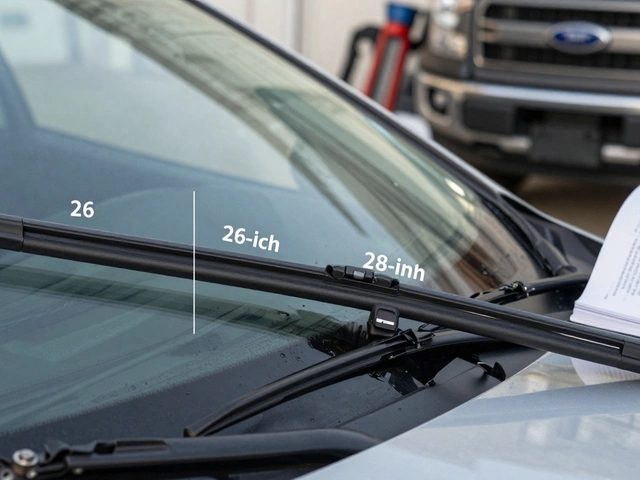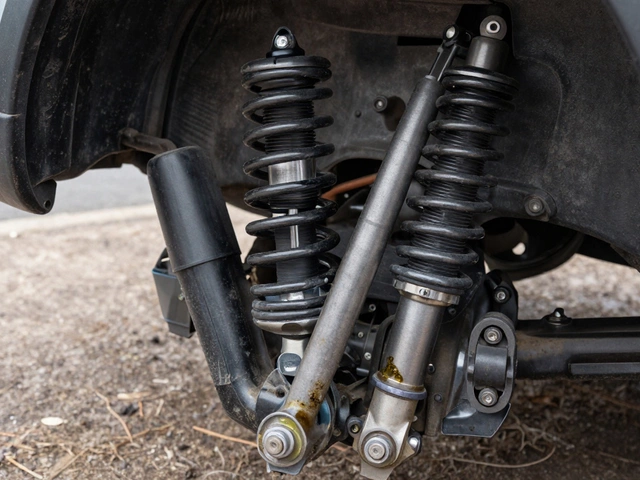Lifespan of Car Parts: How Long Do Key Components Really Last?
When you think about your car’s lifespan, how long a vehicle or its parts remain functional before needing replacement. Also known as service life, it’s not just about how many miles you’ve driven—it’s about how well you’ve cared for the parts inside. A car might run for 200,000 miles, but if your car radiator lifespan, how long the cooling system stays effective before failing is ignored, you could be stranded long before then. Many people assume parts last forever unless they break, but that’s not how it works. Most components wear down slowly, quietly, and predictably.
Take brake rotors, the metal discs that work with brake pads to stop your car. They don’t just vanish—they thin out over time from friction. Most last between 30,000 and 70,000 miles, depending on your driving style and climate. If you’re stopping hard in city traffic every day, you’re wearing them faster than someone who drives mostly on highways. Same goes for shock absorbers, parts that smooth out bumps and keep tires on the road. They don’t suddenly stop working; they get softer, less responsive. You might not notice until your car bounces too much or takes longer to stop. And then there’s the fuel pump, the component that pushes gas from the tank to the engine. It can last over 100,000 miles, but if you keep driving on a nearly empty tank, you’re cooking it with heat and debris.
What really controls these lifespans? It’s not magic—it’s maintenance, driving habits, and environment. Skipping oil changes? That’s not just bad for the engine—it can cause sludge to clog sensors and stress other parts. Driving on rough roads? That’s extra wear on your suspension and wheels. Letting coolant get low? That’s a fast track to a cracked radiator. You don’t need to be a mechanic to spot the signs: strange noises, longer stopping distances, warning lights, or just a feeling that something’s off. These aren’t random failures—they’re signals that something’s nearing the end of its useful life.
Knowing the typical lifespan of key parts helps you plan ahead. You won’t be caught off guard by a $600 radiator bill if you’ve been watching for leaks and rust for years. You won’t risk a brake failure if you check your rotors every other oil change. And you won’t waste money replacing parts too early—or too late—if you understand what normal wear looks like. The articles below give you real, no-fluff breakdowns of exactly how long these parts last, what to watch for, and when to act. No guesswork. Just clear facts so you can keep your car running safely and save money in the long run.





